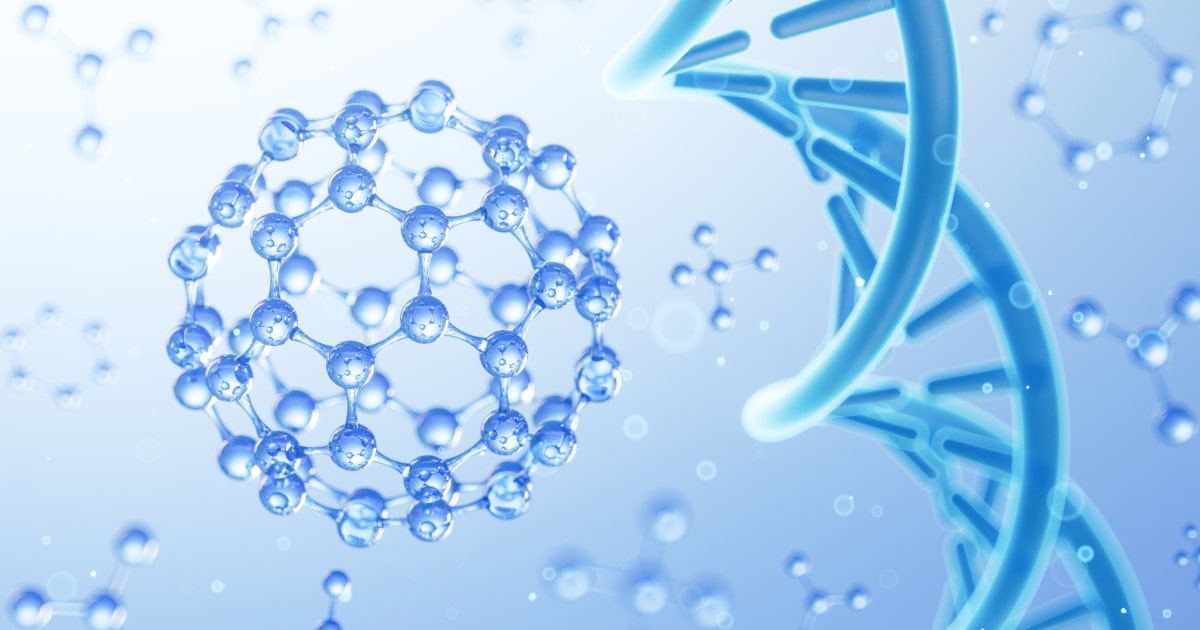
Expert Reviewed By: Dr. Brandon Colby MD
The Landsteiner-Wiener phenotype is a rare blood group system that can have significant implications on an individual's health. Understanding, diagnosing, and using genetic testing for this phenotype can provide valuable insights and help manage potential health risks. This article delves into the complexities of the Landsteiner-Wiener phenotype, discussing its relevance and the role of genetic testing in its management.
Understanding the Landsteiner-Wiener Phenotype
The Landsteiner-Wiener phenotype is a blood group system characterized by the presence or absence of specific antigens on the surface of red blood cells. These antigens are known as LWa and LWb, and their presence determines an individual's blood type within the Landsteiner-Wiener system. The phenotype is inherited through a set of genes, and variations in these genes can result in different blood types.
One study that sheds light on the genetic variations in the Landsteiner-Wiener phenotype is the "Novel A4GALT gene variation with rare p phenotype in a compound heterozygous Chinese individual." This research reports a novel c.955A>T single nucleotide polymorphism found in a Chinese individual with the rare p phenotype. Such discoveries contribute to a better understanding of the genetic basis of this blood group system and can help in diagnosing and managing related health conditions.
Diagnosing the Landsteiner-Wiener Phenotype
Diagnosing the Landsteiner-Wiener phenotype involves identifying the presence or absence of LWa and LWb antigens on an individual's red blood cells. This is typically done using serological tests, which involve the use of antibodies to detect specific antigens. However, these tests can sometimes yield inconclusive or conflicting results, necessitating further investigation through genetic testing.
Genetic testing can provide a more accurate and definitive diagnosis of the Landsteiner-Wiener phenotype. By examining an individual's DNA, it is possible to identify the specific gene variations responsible for the presence or absence of LWa and LWb antigens. Such testing can also reveal the likelihood of an individual passing the phenotype on to their offspring, which can be particularly relevant for couples planning to have children.
Using Genetic Testing for the Landsteiner-Wiener Phenotype
Assessing Health Risks
Genetic testing for the Landsteiner-Wiener phenotype can help assess an individual's health risks associated with this blood group system. For instance, individuals with certain blood types within the Landsteiner-Wiener system may be more susceptible to specific diseases or health conditions. By identifying one's blood type, healthcare professionals can tailor medical advice and interventions to better manage these risks.
Informing Blood Transfusions
Individuals with the Landsteiner-Wiener phenotype may face challenges when it comes to blood transfusions. The presence or absence of LWa and LWb antigens can impact the compatibility of donor blood, potentially leading to severe transfusion reactions. Genetic testing can help identify compatible blood donors, ensuring that individuals with this phenotype receive the safest and most effective transfusions possible.
Guiding Reproductive Decisions
As the Landsteiner-Wiener phenotype is inherited, genetic testing can provide valuable information for couples planning to have children. By identifying the specific gene variations present in both partners, healthcare professionals can determine the likelihood of their offspring inheriting the phenotype. This information can help couples make informed decisions about family planning and prenatal care.
Contributing to Research
Genetic testing for the Landsteiner-Wiener phenotype also plays a crucial role in research. Studies such as the "Incidence of Rh Antigens, Phenotype & Probable Genotype in the Population of Gwalior and Chambal Region, Central India" and the "The Swann Phenotype 700:4, 41; Genetic Studies" rely on genetic data to better understand the distribution and variations of this blood group system. Such research can ultimately lead to improved diagnostic methods, treatments, and preventative measures for individuals with the Landsteiner-Wiener phenotype.
In conclusion, understanding, diagnosing, and using genetic testing for the Landsteiner-Wiener phenotype is essential for individuals with this blood group system. Genetic testing can inform health risk assessments, blood transfusions, reproductive decisions, and contribute to ongoing research, ultimately improving the lives of those affected by this rare phenotype.
About The Expert Reviewer
Dr. Brandon Colby MD is a US physician specializing in the personalized prevention of disease through the use of genomic technologies. He’s an expert in genetic testing, genetic analysis, and precision medicine. Dr. Colby is also the Founder of and the author of Outsmart Your Genes.
Dr. Colby holds an MD from the Mount Sinai School of Medicine, an MBA from Stanford University’s Graduate School of Business, and a degree in Genetics with Honors from the University of Michigan. He is an Affiliate Specialist of the American College of Medical Genetics and Genomics (ACMG), an Associate of the American College of Preventive Medicine (ACPM), and a member of the National Society of Genetic Counselors (NSGC)